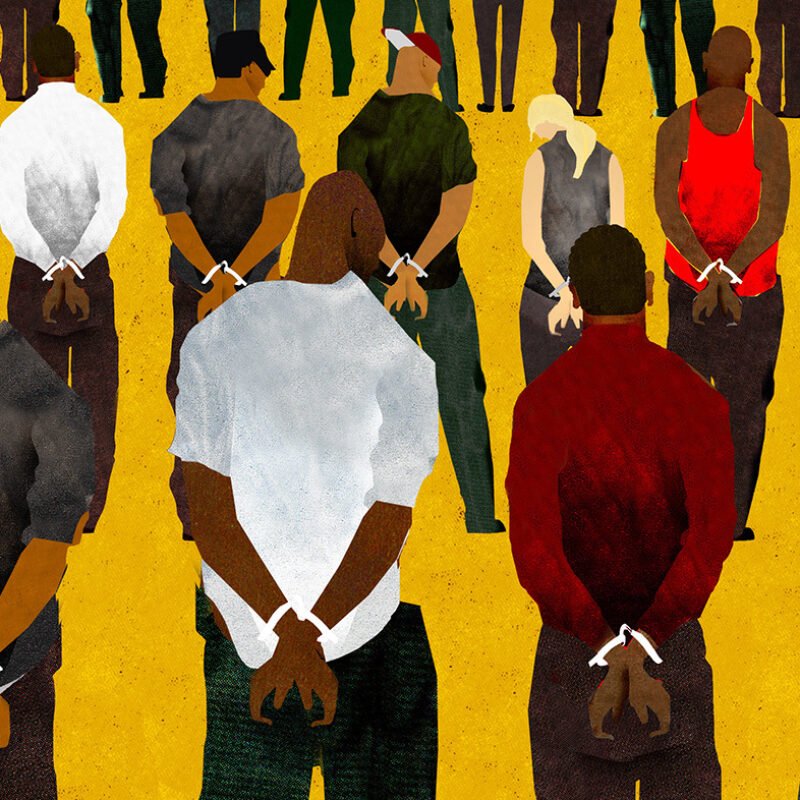By David M Hureau
Guns are central to the comprehension of the racial inequalities in neighborhood violence. This may sound simple when presented so plainly. However, its significance derives from the limited consideration that the neighborhood research paradigm has given guns: they are typically conceived of as a background condition of disadvantaged neighborhoods where violence is concentrated. Instead, I argue that guns belong at the forefront of neighborhood analyses of violence. Employing the logic and language of the ecological approach, I maintain that guns must be considered as mechanisms of neighborhood violence, with the unequal distribution of guns serving as a critical link between neighborhood structural conditions and rates of violence. Furthermore, I make the case that American gun policy should be understood as a set of macrostructural forces that represent a historic and persistent source of disadvantage in poor Black neighborhoods.
United States, American Academy of Arts & Sciences. 2022 18pg




















